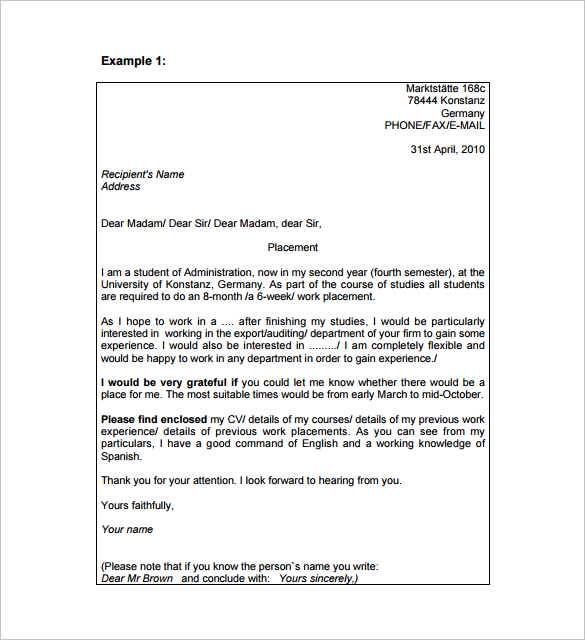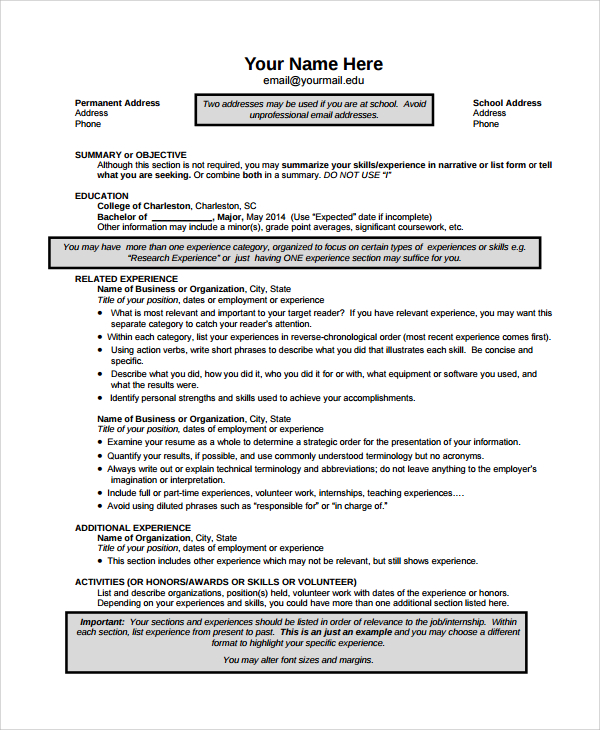
An email written for business communication or professional use comes under this category. The email written for any government department, school authority, company or any officers are the formal emails. Use of polite and formal words, the reason for writing mail, clarity, proper greeting and closing are some of the rules of the formal email 6/26/ · Closing: Sign off with a brief "Thank you," "Best," or another simple send-off, and then your name. Most email accounts let you embed a signature with your name, title, and contact information into every email. It is a terrific way to make each correspondence more professional 9/29/ · In short, one of the best online courses to learn email writing for professionals. This is an ideal course for IT professionals in organizations who frequently communicate via email Author: Javinpaul
Best 8 Quick Email Writing Tips for Professionals
Emails have become the pillar of most business communication. It is therefore important that you get it right. Emails need to be proficient to present a good persona of you and your business. A well-composed email should deliver an approachable, clear, short and actionable message. Consider the following tips and best practices to help you write effective, professional emails. A worthy subject line should be a 3- to email writing for professionals 8-word overview of the content.
Subject lines that are excessively brief or lengthy cause misunderstandings. Prefer to address the recipient using their name. Below are some suggestions - Good afternoon, Greetings, Email writing for professionals Ms Jamie, Hi Jetson, etc. Recall the acronym B. T — Bottom Line on Top. The requestor information should be offered evidently and straight after the pleasantry. Never hide your request or it can easily be overlooked or ignored. Do let us know by EOD. Also, read Resume Writing: Tips for a Professional CV Step by Step 4 Additional Information or Attachments Some business emails may necessitate extra information.
Include them thoughtfully. Email writing for professionals, put a mention if you have attached any document for the same in your mail. So, near the end of the email, include a specific action and timeline. Do not assume the reader to understand the desired result from prior information, email writing for professionals.
For instance, if you are sending the email to multiple people, clarify task responsibility by directly naming the intended person. Use a brief, polite phrase to nicely round out your email. Take a moment to check for grammatical or spelling errors and typos. You can take help of grammar checking tools like Grammarly, email writing for professionals.
Conclusion Every person receives a great volume of email. Write short emails that are concise yet clearly conveys the information. Your reader, and their inbox, will appreciate it. Sign Up Login. Home Jobs Blog. How to Write a Formal Email 1 Subject Line The subject line is the mini-summary of your email and entices your reader to open the email or not. Prev Post 35 Tips to be productive working from home part 2, email writing for professionals. Next Post Best Font Size and Font Type for Effective Resume Writing.
x Place This Code On Your Website Near The Infographic. Site Map Home Jobs Blog. We use cookies to improve your online experience. If you continue on this website, you will be providing your consent to our use of cookies. more information I ACCEPT TQCONSENT.
21 Phrases For Formal Emails - Business English
, time: 5:329+ Professional Email Writing Examples - PDF | Examples

9/29/ · In short, one of the best online courses to learn email writing for professionals. This is an ideal course for IT professionals in organizations who frequently communicate via email Author: Javinpaul 4/17/ · You can watch the entire course - here: blogger.com | Also, you can watch it on Unacademy Learning App on Android. Download it here: blogger.com: Unacademy - English Learning Some of the professional email writing tips that can help you improve both the format and content of your professional email include the following: 1. Limit the discussion that you will include in a single professional email. As much as possible, you have to present a single idea within one email

No comments:
Post a Comment